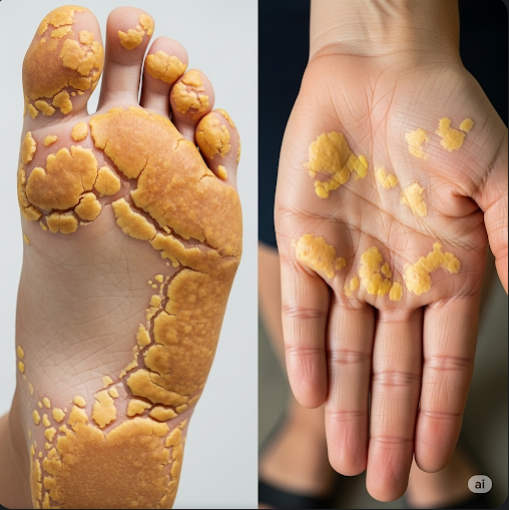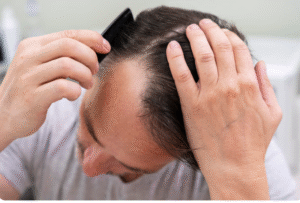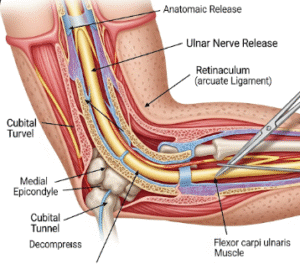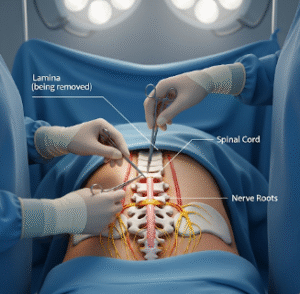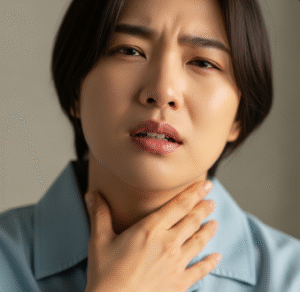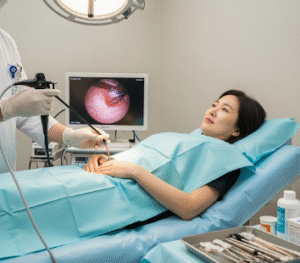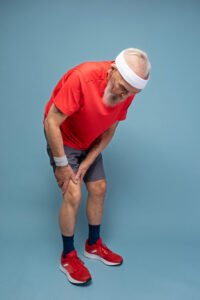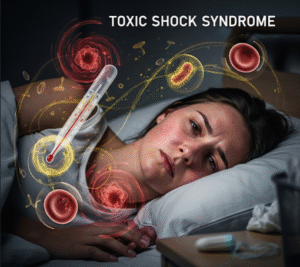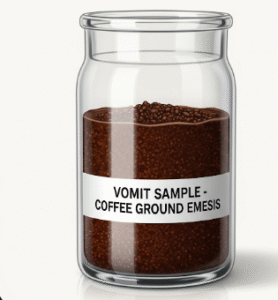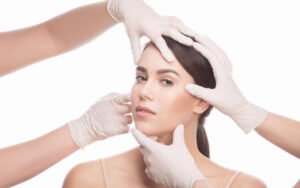Overview
Palmoplantar Keratoderma (PPK) refers to a group of skin conditions characterized by thickening of the skin on the palms of the hands and the soles of the feet. It may appear as part of an inherited disorder or be acquired later in life due to underlying medical conditions. Depending on the type, PPK can range from mild skin thickening to painful, cracked, or blistered skin. Early diagnosis and proper management can significantly improve quality of life.
What is Palmoplantar Keratoderma?
Palmoplantar Keratoderma is a condition where keratin, the protein that protects skin, builds up excessively in the palms and soles. This causes the skin to become abnormally thick, sometimes yellowish, rough, and even cracked. There are more than 30 types of PPK, generally divided into two categories:
- Inherited PPK: Present from early childhood, often passed down genetically.
- Acquired PPK: Develops later due to systemic illnesses, infections, or environmental exposure.
Some forms of PPK may also be associated with internal health problems, so medical evaluation is essential.
Symptoms
Symptoms of PPK can vary depending on the type and cause but generally include:
- Thickened skin on the palms and soles
- Dry, rough, or scaly texture
- Painful cracks (fissures), especially in severe cases
- Redness or inflammation around the affected areas
- Excessive sweating (in some types)
- Blistering in some genetic forms
- Possible involvement of nails, joints, or other skin areas
In inherited types, symptoms often begin in infancy or early childhood, while acquired PPK can appear at any age.
Causes
Palmoplantar Keratoderma can result from a range of causes:
- Genetic mutations in keratin genes (most common in inherited forms)
- Autoimmune diseases such as lupus or psoriasis
- Infections like syphilis or fungal infections
- Cancer-associated PPK (paraneoplastic syndromes)
- Chemical exposure or chronic pressure/friction
- Drug reactions in rare cases
A medical evaluation, including family history and skin biopsy, helps determine the underlying cause.
Risk Factors
Risk factors vary depending on the type of PPK:
- Family history of inherited PPK
- Occupational exposure (chemicals, detergents, friction)
- Living in hot and humid climates
- Autoimmune or metabolic disorders
- Chronic infections
- Certain cancers, especially when PPK appears suddenly in adulthood
Knowing the risk factors helps in early detection and prevention of complications.
Complications
If left untreated or improperly managed, PPK can lead to:
- Pain and discomfort while walking or using hands
- Skin infections due to cracks or blisters
- Emotional distress or embarrassment from visible symptoms
- Restricted hand or foot function
- Nail abnormalities or deformities
- Missed diagnosis of associated systemic disease in acquired types
Prompt dermatological care and proper skincare routines are essential to reduce these risks.
Prevention
While inherited PPK cannot be prevented, symptoms can be managed. Preventive steps for acquired PPK include:
- Avoid prolonged exposure to irritants such as harsh soaps or chemicals
- Use protective gloves and footwear
- Moisturize regularly with urea or salicylic acid-based creams
- Treat fungal or bacterial infections early
- Monitor for systemic diseases in sudden-onset cases
- Genetic counseling for families with hereditary forms
Adopting these measures may reduce the frequency and severity of symptoms.
Treatment Option in Korea
South Korea offers world-class dermatology services that combine advanced technology with personalized care for managing Palmoplantar Keratoderma:
- Dermatology Clinics: Major hospitals like Seoul National University Hospital, Kangbuk Samsung Hospital, and Yonsei Severance Hospital provide accurate diagnosis through skin biopsy, genetic testing, and histopathology.
- Topical Treatments: Korean dermatologists prescribe keratolytic creams (containing urea, salicylic acid, or lactic acid) to soften and remove thickened skin.
- Systemic Therapies: In severe or inherited cases, retinoids (e.g., acitretin) may be used under careful supervision.
- Infection Control: Antifungal or antibacterial treatments are given if secondary infections occur.
- Physical Therapy: For patients with restricted movement or pain, physical rehabilitation is offered to improve function.
- Laser and Phototherapy: Some Korean clinics provide laser treatments or narrow-band UVB therapy for resistant cases.
- Traditional Korean Medicine (Hanbang): Herbal soaks, acupuncture, and natural salves are sometimes integrated to soothe skin and balance immune responses.
Korea’s healthcare system ensures fast access to dermatologists, customized treatments, and high patient satisfaction, making it an excellent destination for treating skin conditions like PPK.

